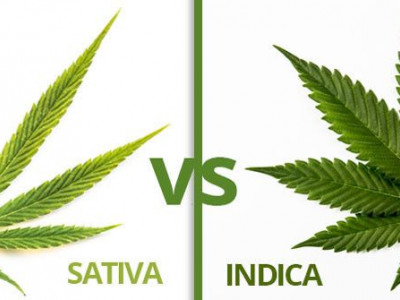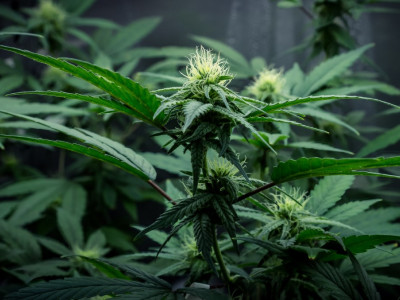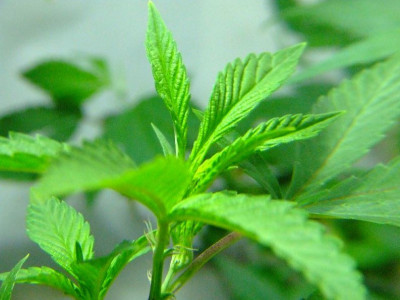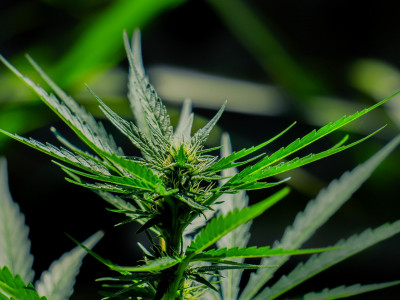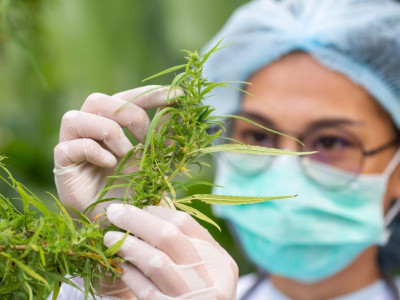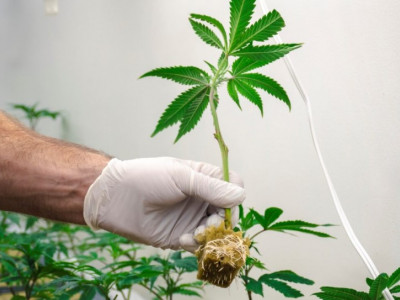0.00 грн.
CheckoutMarijuana trichomes - what is it?
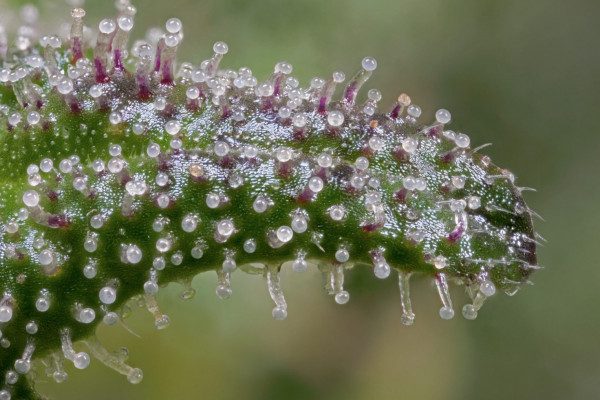
Cannabis trichomes are resin glands that adorn the surface of marijuana leaves and buds. They look like miniature hairs - sticky and shiny, and usually have a strong flavor that can be pungent, sweet, woody, etc. Despite their diminutive size, they are “tiny factories”. They produce all the incredible cannabinoids, terpenes, and flavonoids that contribute to the entourage effect.
This effect describes how all three of these molecules and compounds work together in the human body and with the endocannabinoid system.
Why does a plant need trichomes
Plants of all kinds, including hemp, have been growing in the wild for longer than we can imagine, and the plant that has lived and thrived for so long has developed several defense mechanisms. Including trichomes.
They create compounds with a bitter taste and an unattractive odor that repel insects or animals that might think the cannabis plant would be their food. Trichomes can even create molecules like THC that protect the plant from fungus and UV rays. Even some carnivorous plants use their trichomes to detect prey and, in the case of the Venus flytrap, pinch it.
What types of trichomes exist
It's no surprise that not all cannabis trichomes are the same. Firstly, there are two categories of trichomes: glandular and non-glandular. The difference is that only glandular trichomes can produce these cannabidiol molecules. Non-glandular trichomes are usually seen as plant defense mechanisms that kill small beetles.
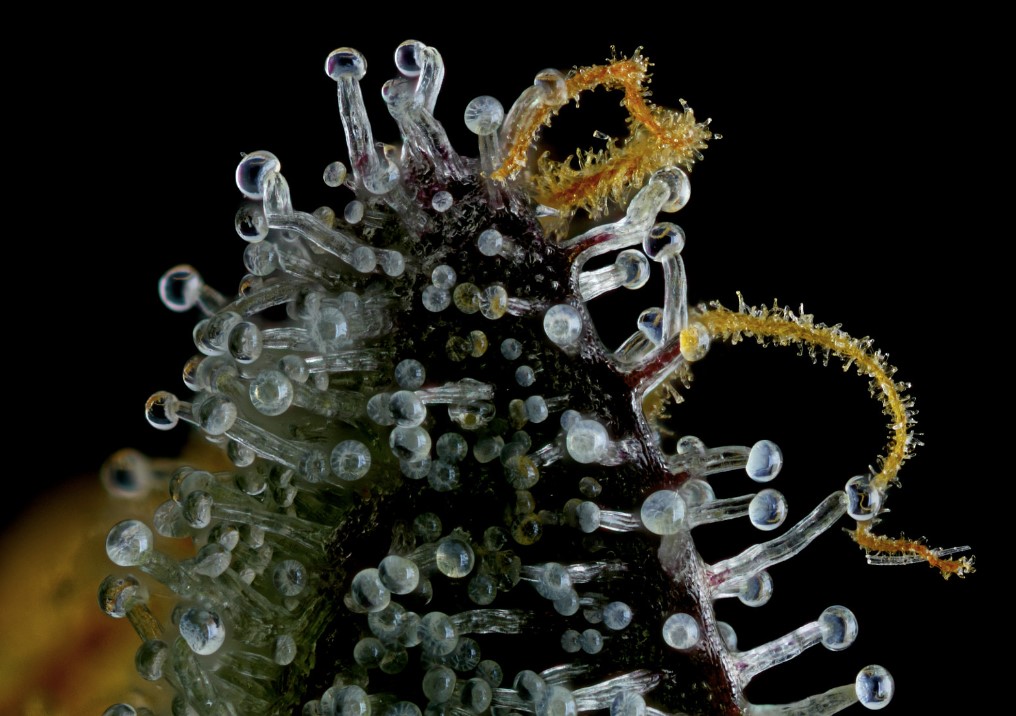
Types of marijuana trichomes:
- Bulb Trichomes
Can only be seen with a microscope. These tiny bulbs are located all over the surface of the plant and are what make the marijuana flower a bit sticky. They play an important role in plant protection. For example, they help keep water close to the surface so that the plant does not dry out in conditions of low humidity or high winds.
- Capital sessile trichomes
Another microscope-requiring trichome, capitate-sessile trichomes are mushroom-shaped and far more common than bulbous trichomes. But this is good, because these trichomes actually initiate the biosynthesis of cannabinoids and terpenes.
- Trichomes with capitate
The capitate trichomes, the only ones that can be seen with the naked eye, look like small mushrooms. They are also the most common. This is where most of the synthesis of terpenes and cannabinoids takes place.
In addition to the variety of trichomes, there are also trichome stages, including transparent, cloudy, amber and mixed. Manufacturers of cannabis seeds can use trichomes at different stages in future plants as an indicator of when to harvest certain varieties.
How are trichomes different from terpenes
There is a big difference between the two: trichomes produce terpenes. The reason cannabis trichomes can have such a strong flavor is because terpenes are not produced inside these resin glands. In fact, trichomes can be harvested for their terpenes, which are then turned into anything from perfumes and detergent fragrances to candles.
There are rumors that only cannabis has trichomes, but this is clearly not true. It is more correct to say that they are exceptional for each plant in its own way, especially for hemp. Some types of algae and lichens, cyanobacteria, stinging nettles, ferns, and even potatoes have trichomes.
